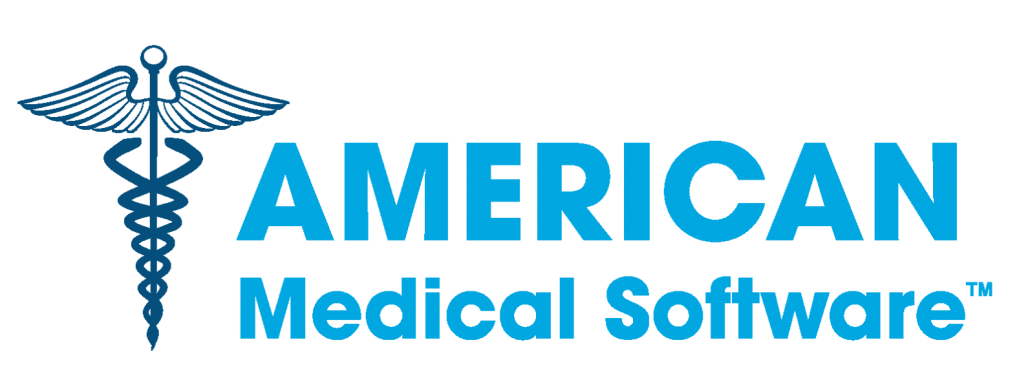What is the Difference Between EHR & EMR?
There’s a lot of discussion in the medical community and IT world about EMR’s vs. EHR’s. In fact, you may sometimes even hear the terms used interchangeably. But while they may sound similar, there’s quite a bit of difference in their meaning.
An Electronic Medical Record (EMR) contains the digital version of the standard medical and clinical data gathered in one provider’s office. This term has been around the longest, and is used primarily by clinicians for diagnosis and treatment. As the name denotes, EMR’s are strictly “medical” records. They have advantages over traditional paper charts because they allow clinicians to track data over time and monitor overall quality of care within a practice. EMR’s also help clinicians identify which patients are due for preventive checkups as well as monitor results, such as blood pressure readings.
On the other hand, Electronic Health Records (EHR) go beyond the data collected in the provider’s office and include a more comprehensive patient history. While EHR’s also include medical history, they encompass many other areas of a person’s life, such as mental health, or information collected by other medical specialists. EHR’s are meant to be a more complete picture of the person’s overall health.
So What’s the Big Difference?
The biggest difference between EMR’s and EHR’s is that information gathered through electronic medical records does not easily travel outside of the clinician’s office. In most cases, the patient’s EMR records might have to be printed out and delivered by mail to specialists or a new doctor’s office, and then manually reentered into their system.
As mentioned previously, electronic health records are designed to focus on the total health of the patient and look beyond one provider’s office. They are built to share information with other health care providers, such as specialists, so that they contain all of the patient’s total health history and care. In an increasingly mobile society, EMR’s are designed to move with the patient, whether they are going to a specialist or moving to a new state.
Saving Time and Money:
EHR’s are also able to save time and money. Lab results are placed in the patient’s records and can be immediately viewed by a specialist who might otherwise order a duplicate test. They can be beneficial in situations where a patient may be unconscious, or unable to provide necessary information about their family history, medications or known allergies. The information gathered by the primary care provider can be viewed immediately by an E.R. clinician, rather than waiting for test results.
Upon discharge from the hospital, the clinician’s instructions about patient discharge will also be part of the patient’s record so that follow-up care is more effective. The patient also has access to their lab results and may recognize trends in their own health history. Part of the goal of EHR is to allow patients to become more invested in their own healthcare history.
Although “electronic medical records” and “electronic health records” may sound similar, there are actually some major differences between the two. They both attempt to make health records electronic, but the two have some noticeable differences in their scope and flexibility.
For more information regarding EHR’s and EMR’s, or to see how American Medical Software can assist you in your search for a premier, easy-to-use, practice management solution, contact us today. We have qualified sales associates that can help get you on a path towards streamlining your practice.




Leave a Reply
Want to join the discussion?Feel free to contribute!